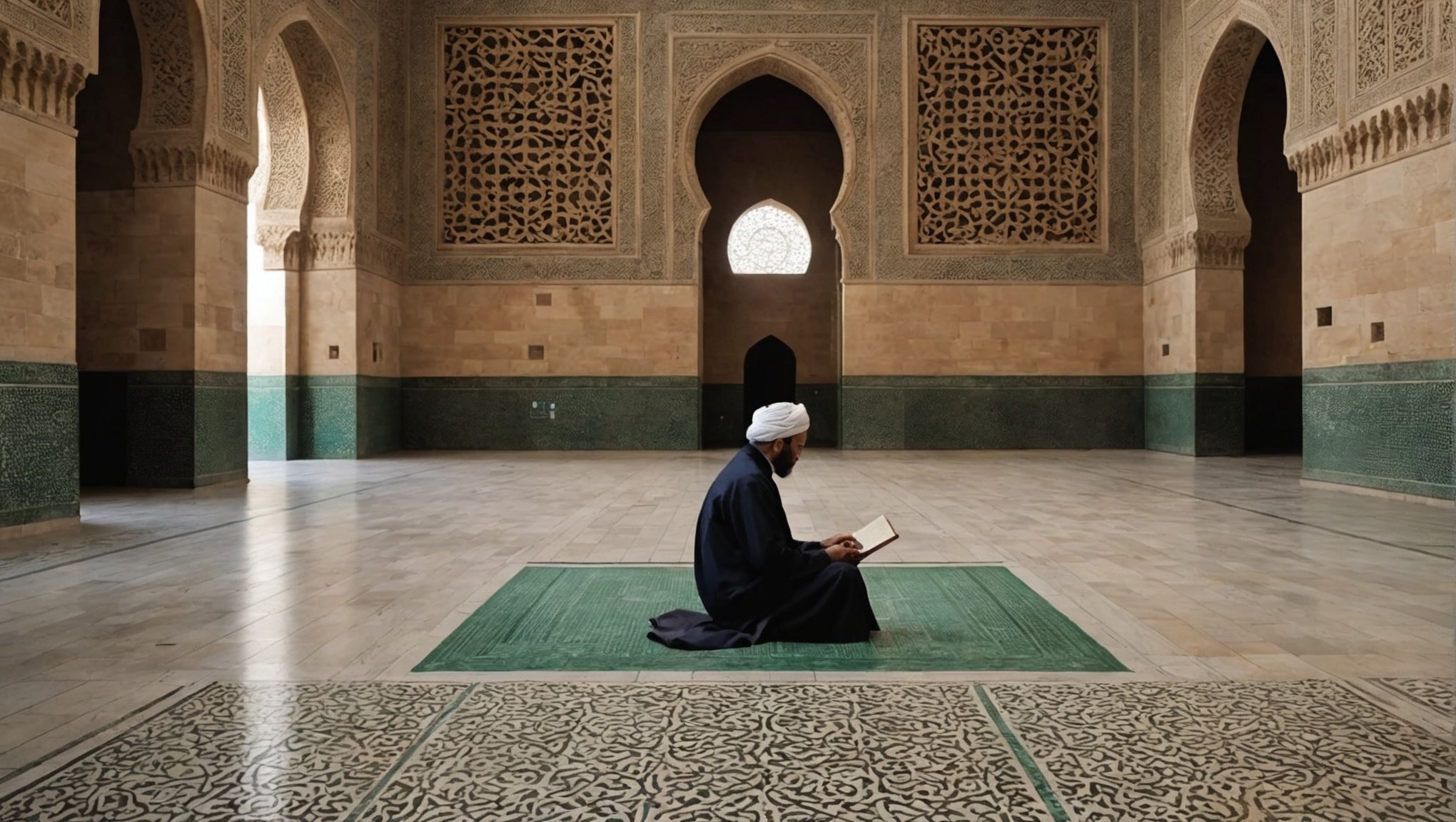Museum of islamic art and morocco: discover atlas splendours

The Museum of Islamic Art stands as a beacon of cultural heritage, dedicated to preserving the rich tapestry of Islamic artistry. Visitors can explore stunning collections that reflect centuries of tradition and innovation. The current "Splendours of the Atlas" exhibition further highlights Morocco's vibrant artistic landscape, showcasing the unique influence of its breathtaking geography. This journey promises not only an appreciation of art but also a deeper understanding of Morocco’s cultural roots. Ready to uncover these treasures?
Overview of the Museum of Islamic Art
The Museum of Islamic Art is a beacon of cultural preservation, dedicated to showcasing the importance of Islamic art. Its mission is to safeguard and present the diverse artistic traditions that have flourished under Islamic influence. The museum houses an extensive collection of artefacts, ranging from textiles and ceramics to manuscripts and metalwork, each piece narrating the rich history and artistic evolution of Islamic civilizations.
A lire aussi : Explore the hidden treasures of the hemp mystery box
Among the museum's notable exhibitions is the "Splendours of the Atlas," which delves into Morocco's multifaceted heritage. This exhibition is part of the Qatar-Morocco 2024 Year of Culture initiative, highlighting the country’s diverse traditions and historical significance. Visitors can immerse themselves in the intricate tapestry of Moroccan culture, influenced by Amazigh, Arab, Andalusian, and African elements.
For those planning on visiting the Museum of Islamic Art, it is conveniently located in Doha, Qatar. The museum is open from Saturday to Thursday, with ticket prices designed to be accessible to all. For more detailed visitor information, including guidelines and tips, you can find resources on this website. This ensures a well-rounded and enriching experience for all who explore its halls.
A découvrir également : What Are the Best Techniques for Teaching Coding to UK Primary School Students?
"Splendours of the Atlas" exhibition
The "Splendours of the Atlas" exhibition at the Museum of Islamic Art offers a captivating journey into Morocco's cultural and historical tapestry. This exhibition, part of the Qatar-Morocco 2024 Year of Culture initiative, showcases the historical context of Morocco, highlighting its diverse influences. Visitors can explore the significance of Atlas splendours, which reflect the unique blend of Amazigh, Arab, Andalusian, and African heritages.
Overview of the exhibition
Running from November 2, 2024, to March 8, 2025, this exhibition delves into the intricate cultural and historical influences that have shaped Morocco. It presents a rich collection of contemporary photographs and artworks, offering insights into Moroccan daily life and landscape.
Featured artists and artworks
Prominent artists like Bruno Barbey, Irving Penn, Lalla Essaydi, Mous Lamrabat, and Mounir Raji contribute to this exhibition. Their works illuminate various aspects of Morocco's vibrant culture, inviting viewers to appreciate the beauty and complexity of Moroccan heritage.
Cultural and historical influences
The exhibition underscores the cultural significance of the Atlas Mountains in Moroccan heritage. By exploring these influences, visitors gain a deeper understanding of Morocco's historical evolution and its artistic contributions to the world.
Moroccan art and culture
Moroccan art and culture are a vibrant tapestry woven from diverse influences. This rich heritage is shaped by Amazigh, Arab, Andalusian, Mediterranean, Hebraic, and African elements, creating a unique cultural mosaic. Traditional Moroccan art forms, such as intricate zellige tilework, vibrant textiles, and detailed woodcraft, reflect these multifaceted influences. These art forms are not merely decorative; they are vital expressions of Morocco's cultural identity, deeply rooted in its history.
Islamic influence on Moroccan art is profound, seen in the geometric patterns and calligraphy that adorn mosques and public spaces. These artistic elements convey spiritual and aesthetic significance, highlighting the deep connection between religion and art in Morocco.
Contemporary practices in Moroccan art continue to evolve, with artists blending traditional techniques with modern themes. Moroccan artisans and craftspeople play a crucial role in preserving this cultural identity, ensuring that traditional skills are passed down through generations. Their work not only maintains cultural continuity but also adapts to contemporary contexts, showcasing the enduring relevance of Moroccan art and culture in today's world.
Visiting tips and experience
When planning your visit to the Museum of Islamic Art, consider these travel tips for visiting Moroccan museums to enhance your experience. Be mindful of the dress code, as modest attire is recommended to respect cultural norms. Photography is generally allowed, but flash and tripods are often prohibited, so check specific guidelines upon arrival.
Opting for guided tours at the museum can significantly enrich your visit. These tours provide in-depth insights into the exhibits, offering a thematic exploration of the "Splendours of the Atlas" exhibition. Expert guides share stories behind the artefacts, enhancing your understanding of Morocco's cultural and historical context.
Beyond the museum, immerse yourself in cultural experiences in Morocco by exploring nearby attractions. Consider visiting the Mathaf Arab Museum of Modern Art or the National Museum of Qatar for a broader perspective on the region's artistic heritage. Additionally, local markets and traditional Moroccan eateries offer a taste of authentic culture, allowing you to engage with the vibrant community and its rich traditions. These experiences collectively create a memorable and holistic journey into Morocco's captivating cultural landscape.
